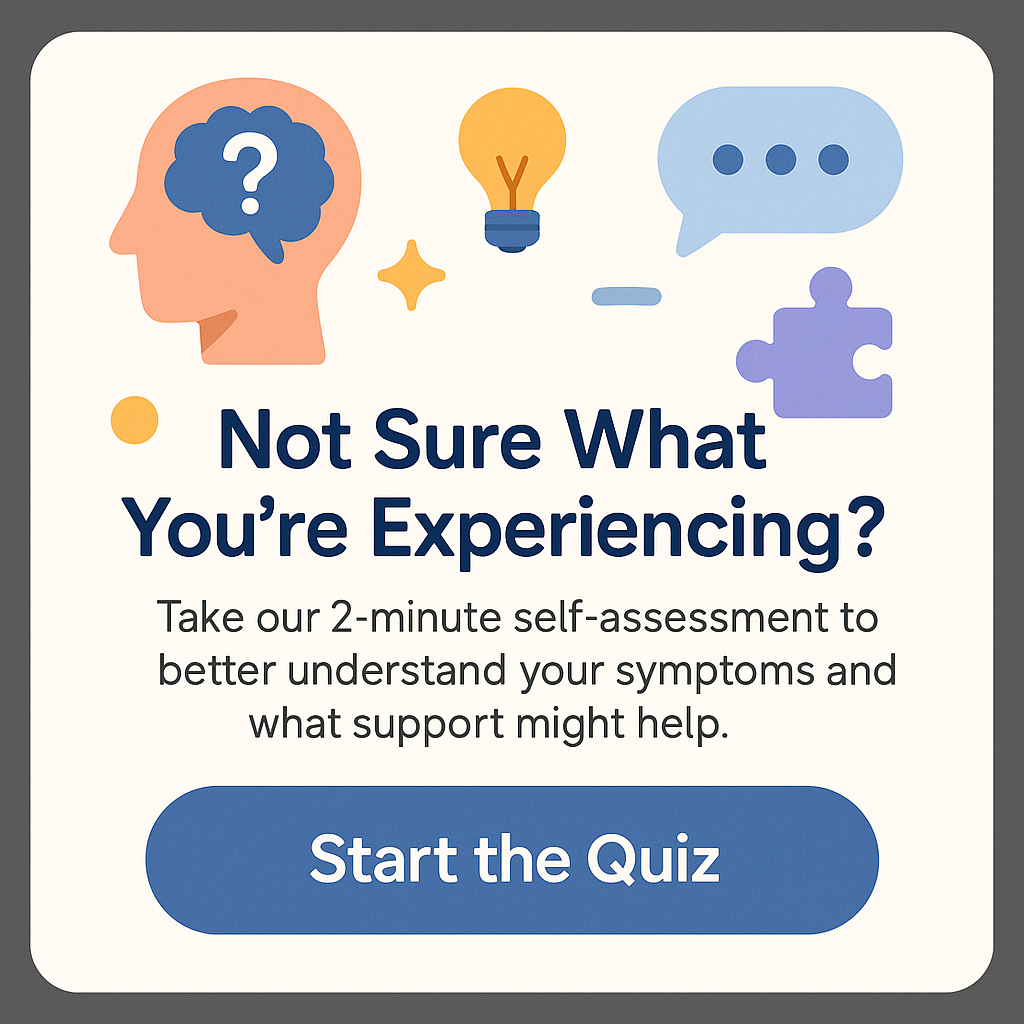What are Signs of Mild Autism? Understanding Subtle Symptoms
What are signs of mild autism? This is a question that many parents, caregivers, and educators grapple with as they strive to understand the nuances of autism spectrum disorder (ASD). Autism, particularly in its milder forms, can sometimes be elusive, with symptoms that may not fit the traditional molds we often associate with neurodevelopmental disorders. Recognizing early signs is crucial for timely intervention, which can vastly improve outcomes for individuals on the spectrum.
In this article, we will explore what mild autism looks like, focusing on behavioral signs, social interaction challenges, and communication differences. By understanding these indicators, caregivers and professionals can provide better support, resources, and strategies to help individuals thrive. So, if you’re asking yourself, “What are signs of mild autism?”, you’re in the right place. Let’s dive deeper!
Understanding Autism Spectrum Disorder
Before we can delve into the symptoms of mild autism, it’s essential to understand what ASD is. Autism Spectrum Disorder is a developmental disorder characterized by a range of difficulties with social interaction, communication, and behavioral patterns. It’s termed a “spectrum” disorder because individuals can experience a wide array of symptoms, from mild to severe.
Mild autism typically features symptoms that do not severely impair daily functioning, which can sometimes lead to delays in diagnosis. Individuals may navigate the world relatively well but encounter challenges that others may not readily see. Some might call this the “hidden” nature of mild autism. For example, while someone with a more severe form of autism may exhibit glaring symptoms, such as a lack of eye contact or severe communication difficulties, a person with milder symptoms can often mask these traits or navigate life through learned coping mechanisms.
Now, let’s discuss the signs of mild autism in depth.
Social Interaction Challenges
One of the hallmark indicators of mild autism is difficulty in social interactions. While most individuals learn social cues naturally, those on the autism spectrum may struggle to interpret or respond to them appropriately. So, what are signs of mild autism in social scenarios?
- Difficulty Understanding Social Cues: Individuals may find it challenging to pick up on non-verbal signals such as body language, tone of voice, or facial expressions. Imagine being in a conversation where everyone is laughing, but you can’t quite grasp what’s funny – that’s how it can feel.
- Preference for Solitary Activities: People with mild autism might prefer to engage in activities alone rather than in groups. This doesn’t mean they don’t want friends; they may just feel overwhelmed in social settings.
- Challenges in Making Eye Contact: Eye contact can be uncomfortable. Someone with mild autism might avoid it altogether, or they might use it in a way that feels forced, which can lead to misunderstandings in conversations.
- Difficulty with Back-and-Forth Conversations: Individuals may struggle to initiate or maintain conversations, leading to one-sided exchanges where they dominate the conversation or, conversely, withdraw entirely.
- Literal Interpretation of Language: Understanding idioms or sarcasm can be tough. For instance, if someone says, “It’s raining cats and dogs,” it may confuse someone on the spectrum.
These challenges can often be misinterpreted as shyness or social anxiety, leading to further misunderstandings and potential stigma. Addressing these signs early on can significantly enhance social skills development and confidence.
Communication Differences
Another set of indicators related to what are signs of mild autism pertains to communication differences. While verbal skills can vary widely, individuals with mild autism often exhibit specific characteristics in how they communicate.
- Delayed Speech Development: In some cases, children with mild autism may start speaking later than their peers or have a limited vocabulary. They may excel in certain subjects, like science or math, but lag in expressive language.
- Unusual Speech Patterns: Speech may be characterized by a monotone voice, atypical rhythm, or even echolalia—where the individual repeats phrases or sentences they’ve heard, sometimes without understanding the context.
- Preference for Written Communication: Some individuals feel more comfortable expressing themselves in writing. Communicating through text can provide the time and space needed to formulate thoughts clearly.
- Difficulty with Figurative Language: Much like understanding social cues, figurative or abstract language can be a challenge. Simple and direct language is often preferred.
Understanding these communication differences is vital for parents and educators to facilitate effective methods of interaction. Techniques like using clear, simple language or visual aids can greatly enhance understanding and engagement.
Behavioral Signs and Routines
Another core component of what are signs of mild autism involves behavioral tendencies. While many children exhibit quirky behaviors, mild autism may manifest in more pronounced or persistent ways. Here are some key behavioral signs.
- Repetitive Behaviors: This may include specific hand movements, clapping, or other repetitive actions. These behaviors can be calming, helping the individual manage anxiety in stressful situations.
- Strong Adherence to Routine: Routines provide a sense of stability. A child with mild autism might become upset if their routine changes unexpectedly, showcasing an intense preference for predictability.
- Intense Interests: Focusing on a specific topic or hobby to an extent that it becomes an obsession is common. From dinosaurs to trains, these interests can be both a strength and an area for social connection, but only if channeled correctly.
- Heightened Sensory Sensitivities: Sensitivities to light, sound, textures, or smells may also be prominent. For instance, a school environment can sometimes be overwhelming due to sensory overload, which can lead to anxiety or behavioral challenges.
Recognizing these behavioral signs is crucial for developing supportive environments. Tailoring strategies that accommodate routines and sensory preferences can lead to a more inclusive experience for individuals with mild autism.
Importance of Early Identification
Identifying the signs of mild autism early on can make a world of difference. With appropriate interventions, individuals can develop the necessary social, communication, and behavioral skills to thrive. Parents, educators, and healthcare providers play a critical role in this process.
Some interventions include:
- Behavioral Therapy: Programs such as Applied Behavior Analysis (ABA) can be incredibly effective in teaching social skills and managing behaviors.
- Speech Therapy: This can help improve communication skills, aiding individuals in learning how to articulate their thoughts and feelings better.
- Occupational Therapy: Focusing on everyday skills and sensory integration can enhance an individual’s daily functioning.
- Social Skills Training: Operating in social settings can be challenging, so training can be beneficial in practicing and honing social interactions.
By working collaboratively, we can offer robust support for individuals identified with what are signs of mild autism. A proactive approach helps not only in improving their quality of life but also in fostering understanding and acceptance within their communities.
Conclusion
In summary, understanding what are signs of mild autism is vital for promoting awareness and support. While symptoms may be subtle, recognizing them early allows us to provide the encouragement and resources needed for individuals on the spectrum to navigate their worlds successfully. The signs we’ve discussed — from social difficulties to communication gaps and behavioral traits — paint a comprehensive picture of mild autism.
Awareness and understanding are critical. It’s about providing individuals the opportunities they deserve to excel, build friendships, and engage fully in society. We all have a part to play in fostering a more inclusive world, where everyone, including those with mild autism, can thrive with understanding and support.
FAQs
1. What age can signs of mild autism be detected?
Signs of mild autism can sometimes be detected as early as 18 months, but often become more apparent during preschool and early elementary school years.
2. How is mild autism different from moderate or severe autism?
Mild autism typically involves less pronounced symptoms that allow individuals to function relatively well in society, compared to moderate or severe autism, which may present more significant challenges.
3. Can adults have mild autism?
Yes, many adults are diagnosed with mild autism later in life as they reflect on their communication and social interactions in various settings.
4. What’s the best way to support someone with mild autism?
Support includes promoting understanding, creating routine, facilitating social skills training, and utilizing therapy options tailored to their needs.
5. Are there any resources available for families dealing with mild autism?
Yes, many organizations such as Autism Speaks and the Autism Society offer resources, support groups, and educational materials for families.
For more detailed and supportive resources, check out organizations like Autism Speaks and The Autism Society. They provide valuable insights and support for those on the autism spectrum and their families.
Can an Autistic Person Drive? Understanding the Challenges and Possibilities







